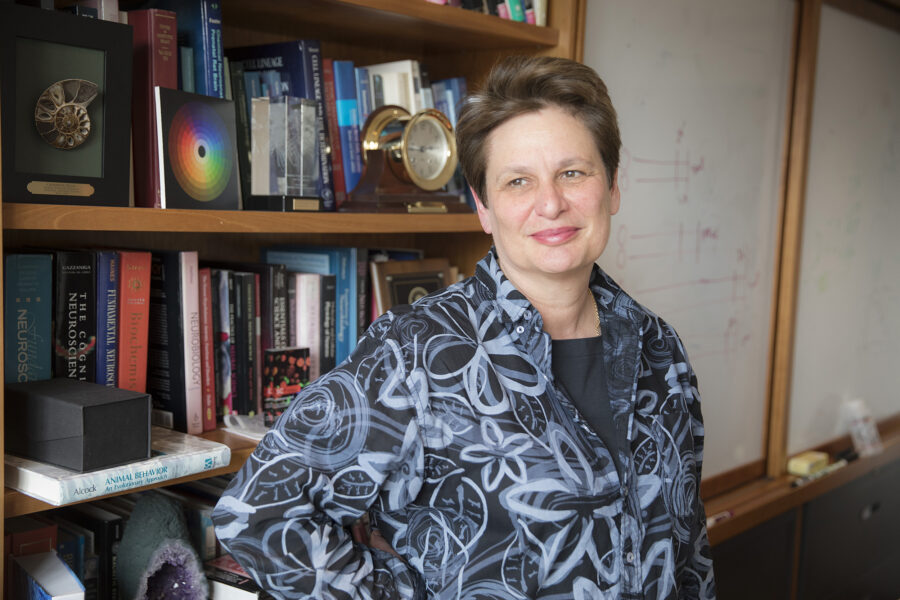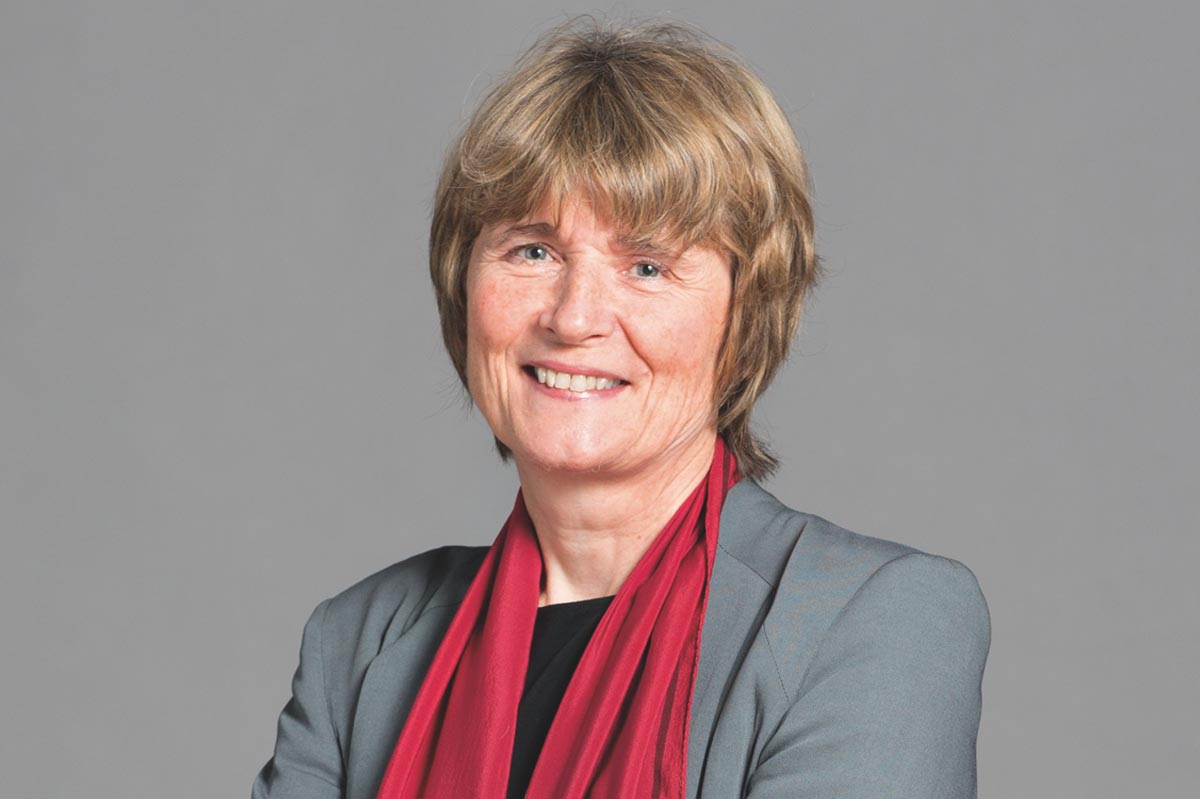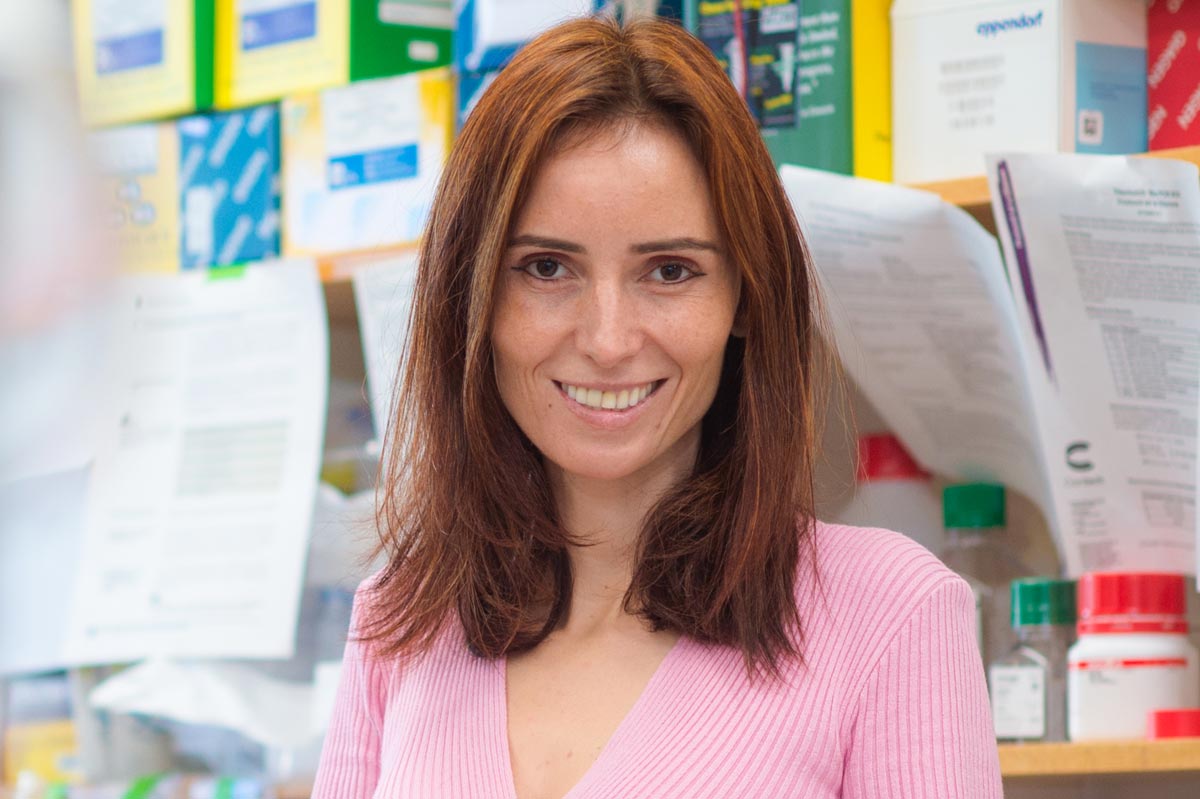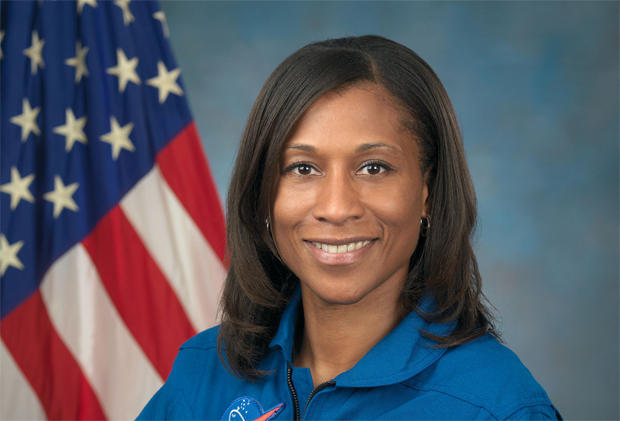RFS Briefings - September 15, 2020Dear Colleagues, I am pleased to include another issue of RFS Briefings with some timely and encouraging updates on women in science. Of particular note, we congratulate two of this year’s exceptional Vilcek Prize winners: Ruth Lehman, Whitehead Institute and MIT We continue to applaud the work of the Vilcek Foundation, a longtime supporter of RFS, and their influential work to support and showcase the contributions of scholars who are immigrants to the United States. See below for more news about women in science Please continue to share important news and opportunities with us so that we may share it with you, and others who are committed to supporting the careers of exceptional women in science. With regards in these trying times,
Karla Shepard Rubinger NewsCongratulations to Dr. Catherine Dulac for winning the US $3-million Breakthrough prize in Life Sciences! According to Nature News, her team provided the first evidence that male and female mouse brains have the same neural circuitry associated with parenting, which is just triggered differently in each sex. That went against the dogma that for decades said that male and female brains are organized differently, according to biologist Lauren O’Connell at Stanford University, California. Read more on Nature News.
Congratulations to the recipients of the 2021 Vilcek Foundation Prizes! Awarded annually, the Vilcek Prizes honor the outstanding contributions of immigrants in the sciences and the arts.
This year, Ruth Lehmann, Director of the Whitehead Institute and Professor of Biology at MIT, receives the Vilcek Prize in Biomedical Science for unraveling the molecular basis by which germ cells, which give rise to sperm and egg cells, are formed. Silvi Rouskin. Photo courtesy of Silvi Rouskin/Whitehead Institute. Silvi Rouskin, Andria and Paul Heafy Whitehead Fellow at The Whitehead Institute of MIT receives the Vilcek Prize for Creative Promise in Biomedical Science for developing methods to unravel the shapes of RNA molecules inside cells and aiding the potential development of RNA-based therapeutics. Meet Caitlin Rivers, an epidemiologist who has emerged as a clear-eyed, tactful narrator of the unfolding Covid-19 pandemic, helping to bridge the distance between the science community and American politicians. “One of my goals,” she says, “is keeping the energy—the intention—around the bigger question, ‘Are we headed in the right direction?’” Read more on Science Magazine. The National Institutes of Health (NIH) Office of Research on Women’s Health (ORWH) has launched the Enhancing Faculty Gender Diversity in Biomedical and Behavioral Science Prize to recognize institutions that have successfully and systemically addressed gender diversity and equity issues among faculty members in biomedical and behavioral sciences. Up to ten (10) winners will be selected, with each winning up to $50,000. To register for this prize competition and for full submission details, see the HeroX website. Myriam Sarachik never gave up on physics. This is an inspiring story of overcoming regular obstacles in order to make significant contributions to physics. Dr. Myriam Sarachik, a retired City College of NY professor, won the 2020 APS Physics Medal for Exceptional Achievement in Research for her contributions to physics. "I can’t even believe it, because I almost didn’t get into the field at all," she said. Read more on the New York Times. Here is a wonderful review of two new books on studying space, including one by Sara Seager, past speaker at the RFS Board Meeting, and past MacArthur 'Genius' grant winner. “Both address the challenges of being female physical scientists in a male-dominated field, and both convey the struggle of operating in the vast scales of the universe at work, then commuting home to operate in the humbler scales of the domestic sphere,” writes Anthony Doerr for the New York Times. This year, Fortune Magazine is highlighting 40 influential people in each of five categories: finance, technology, healthcare, government and politics, and media and entertainment. Meet some of the women in the healthcare industry:
NASA astronaut Jeanette Epps to be first Black woman to join International Space Station crew. Her flight is scheduled for next year! She will become the first Black woman to live and work long-term aboard the International Space Station. Read more on CBS News. NASA astronaut Jeanette Epps (NASA).
The Massachusetts Biotechnology Council (MassBio®) announced that 164 CEOs in the life sciences industry have signed its Open Letter 2.0 – The CEO Pledge for a More Equitable and Inclusive Life Sciences Industry. This pledge serves as a call to action for CEOs to create change within their organizations across areas such as: leadership and executive culture, inclusive company culture, recruitment, retention and development, accountability and sustainability, and supplier diversity.
‘We do belong here’: The scientist behind #BlackInNeuro hopes to transform a Twitter movement into a lasting community. Angeline Dukes recently spoke with STAT News about the creation of her #BlackInNeuro hashtag and the importance of minority representation in neuroscience. Women scientists have the evidence about sexism. Rita Colwell, president of the Rosalind Franklin Society, and professor at the University of Maryland at College Park and at Johns Hopkins University Bloomberg School of Public Health, recently launched a book in which she argues that women remain a minority among scientific leaders overall. Once women earn their Ph.D., they receive only 39 percent of postdoctoral fellowships and 18 percent of professorships. The typical National Institutes of Health research grant to a male principal investigator is $41,000 larger than to a female one, according to a study from last year. Read more on The Atlantic. Meet the woman who gave the world antiviral drugs. Fifty years ago, few scientists believed a drug could fight viruses with low side effects. Then Gertrude Elion showed that it could be done. Already useful for many treatments, such as herpes, hepatitis, HIV, Ebola, her discovery can now help find drugs for COVID-19. Born in 1918 in Manhattan, she won the 1988 Nobel Prize in Physiology or Medicine. Read more on National Geographic. Women scientists have a vital part to play in Africa's scientific leadership, but they remain substantially under-represented in higher education and in STEM. In a recent report, The African Academy of Sciences and the International AIDS Vaccine Initiative outline how to increase their participation in science. Engineering professor aims to increase participation of women in STEM “The ultimate accomplishment would be making it so this chair is not required anymore, when we have a system and culture that’s truly inclusive,” explains Laleh Behjat, a professor of electrical and computer engineering at Schulich School of Engineering, who has been named the University of Calgary’s NSERC Chair for Women in Science and Engineering (Prairies). Read more. Meet medical writer Nina Chhita, who devotes her free time to champion women in STEM through beautiful illustrations that she shares on Instagram. Not only do her posts teach people how these women have contributed to science, but the illustrations themselves help celebrate diversity and buck stereotypes about who belongs in STEM. Read more on Mental Floss.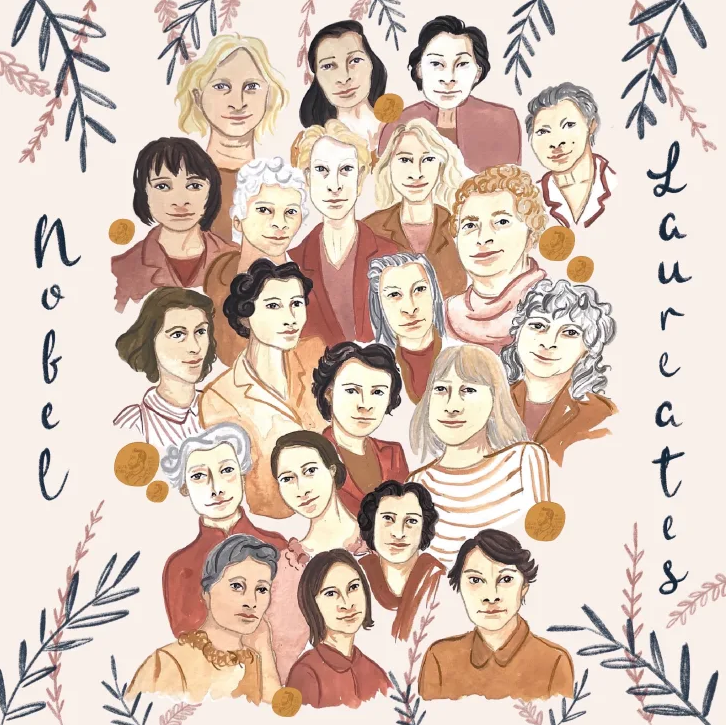
Professor Lisa Harvey-Smith continues as the Australian Government’s Women in STEM Ambassador. A day in the life of a science gaming entrepreneur. Carla Brown, a Ph.D. microbiologist and “a massive gamer,” has embarked on a career that aims to communicate health information in an unconventional way—using gaming technology. She founded a company, Game Doctor, to develop evidence-based digital games for education and health care organizations. Read more on Science Careers. COVID-19Let's discuss the impact of the COVID-19 crisis on women in science: Join Women in science & COVID-19 impact on Slack, created by the organizers of EMBL’s recent virtual event “The impact of the COVID-19 crisis on women in science: Challenges and solutions”. Alaina G. Levine, a STEM careers consultant, shares some tips on how to network during challenging times. “When we share our authentic enthusiasm and generosity, we can make a big difference in one another’s careers and lives. We all have something of value to offer. We all have ways we can care for ourselves together with our community,” she writes in an article for Science Careers. Bulgari is supporting women scientists who are working to develop a COVID-19 vaccine. Bulgari will establish scholarships or fellowships for top women scientists from the Rockefeller University so they can continue their post-doctoral education and research during the pandemic. Read more on Forbes.
Marianna Limas, Social media manager |

